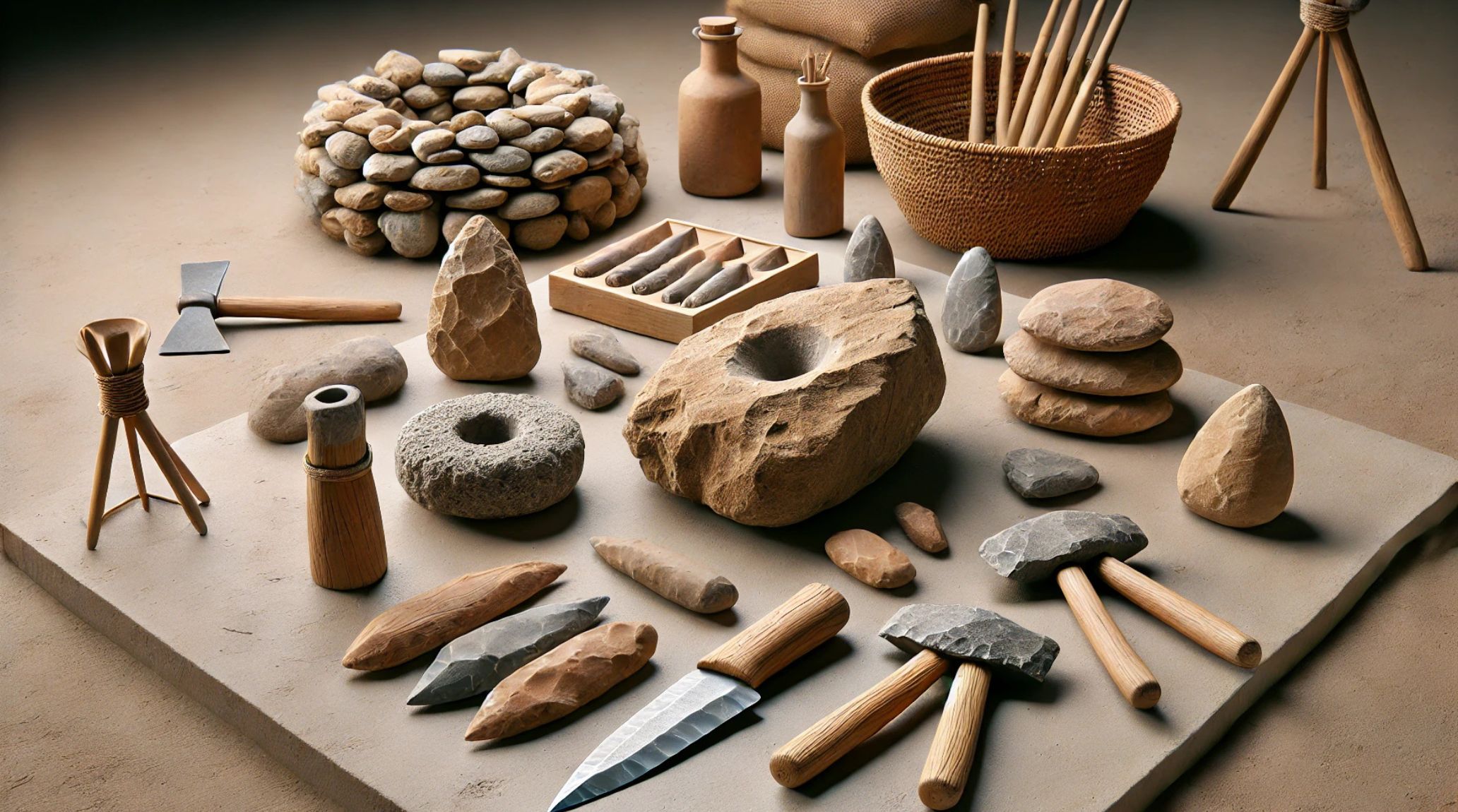
“
The Tools and Technology of the Neolithic Era marked a pivotal change in human history, characterized by the development of innovative tools and advanced technology. This period saw breakthroughs that transformed daily life, agriculture, and craftsmanship. From the invention of polished stone tools to the creation of pottery and weaving technologies, these advancements facilitated the shift from nomadic lifestyles to permanent settlements. In this blog, we will explore 20 interesting facts about the Tools and Technology of the Neolithic Era, showcasing how these innovations shaped early human societies and laid the foundation for future progress.1
1
”
Neolithic communities crafted polished stone tools that were far superior to earlier chipped varieties, allowing for more efficient cutting, harvesting, and carving, which revolutionized daily life.1
The invention of the plow transformed agriculture in the Neolithic Era, enabling communities to cultivate larger fields and significantly boost food production to support growing populations.2
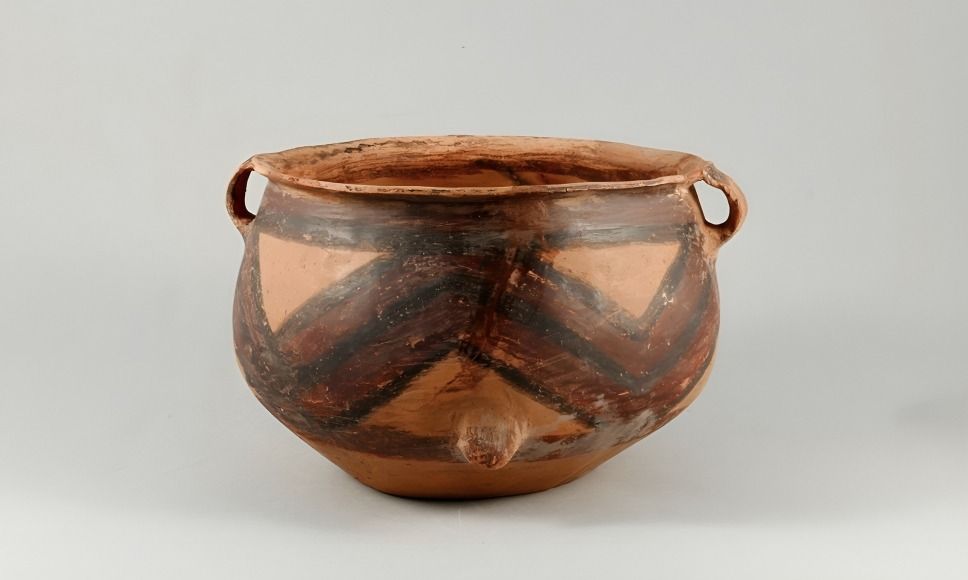
Neolithic pottery played a crucial role in food storage and preparation, with vessels designed for cooking, storing grains, and transporting liquids, enhancing food preservation techniques.
Flint knapping techniques allowed for the creation of specialized tools like arrowheads and spear points, enhancing hunting success and providing essential resources for Neolithic communities.3
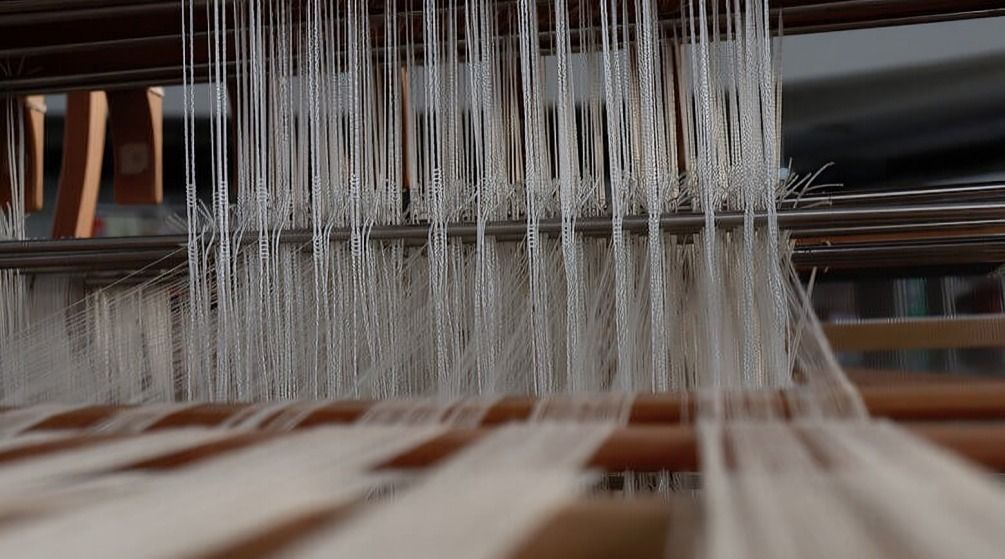
Weaving technology advanced during the Neolithic, as people created textiles from plant fibers and animal wool, providing clothing and artistic expression through intricate patterns and designs.
Early metallurgy emerged in the Neolithic, with societies experimenting with copper and gold, marking a crucial development towards creating more complex tools and decorative items.4

Neolithic people harnessed fire not only for cooking and hardening pottery but also for clearing land for agriculture. This mastery of fire significantly facilitated social gatherings, enhancing community bonding and cooperation among villagers.
The construction of communal structures, such as longhouses and megalithic monuments, showcases the architectural skills of Neolithic societies and their ability to organize for practical and ceremonial purposes.5
Trade networks expanded during the Neolithic, thanks to advancements in tools and technology, allowing communities to exchange resources, ideas, and cultural practices that enriched their societies.6

The domestication of plants and animals marked a significant shift in Neolithic lifestyles, showcasing growing agricultural knowledge and ecological understanding that transformed human existence.
Neolithic artisans demonstrated exceptional craftsmanship in pottery, creating intricately designed vessels using various firing techniques to produce distinct colors and textures that reflected cultural identities.7
Grinding stones played a crucial role in processing grains into flour, enabling Neolithic communities to bake bread. This dietary staple became integral to many cultures over time, shaping culinary traditions and fostering community gatherings.8
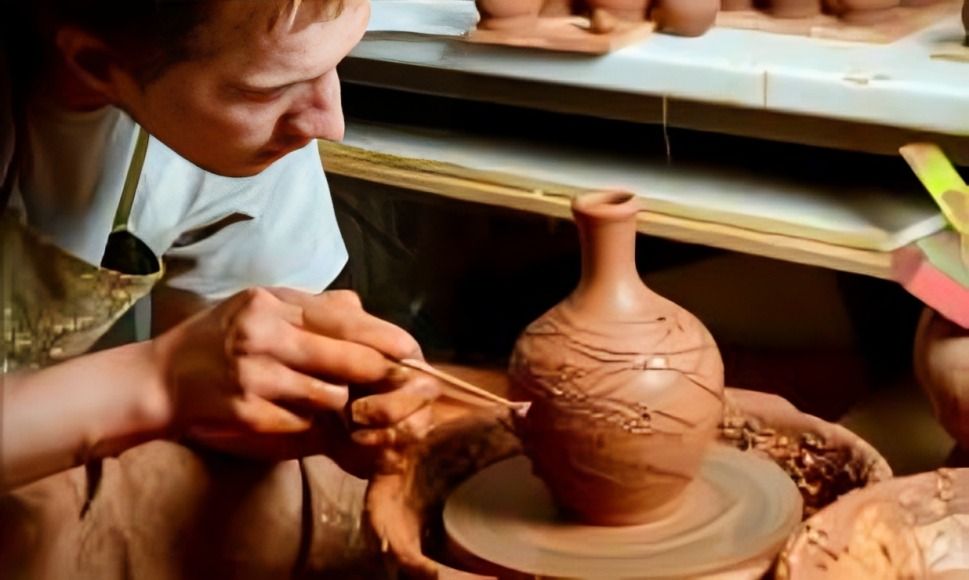
The emergence of specialized roles in Neolithic societies, including potters and toolmakers, increased efficiency and innovation, leading to enhanced production methods and skilled craftsmanship.
The invention of baskets made from plant fibers improved storage and transportation, allowing Neolithic people to gather grains and even fish, demonstrating their resourcefulness.9
Some Neolithic societies practiced early irrigation techniques, redirecting river water to fields, which significantly boosted agricultural productivity and showcased advanced environmental management skills.10
Social stratification emerged during the Neolithic, as growing communities developed distinct roles, leading to organized governance and the evolution of leadership structures within societies.11
Megalithic structures like Stonehenge illustrate the engineering capabilities of Neolithic peoples, showcasing their collaborative efforts in creating monumental sites for ceremonial and cultural significance.12
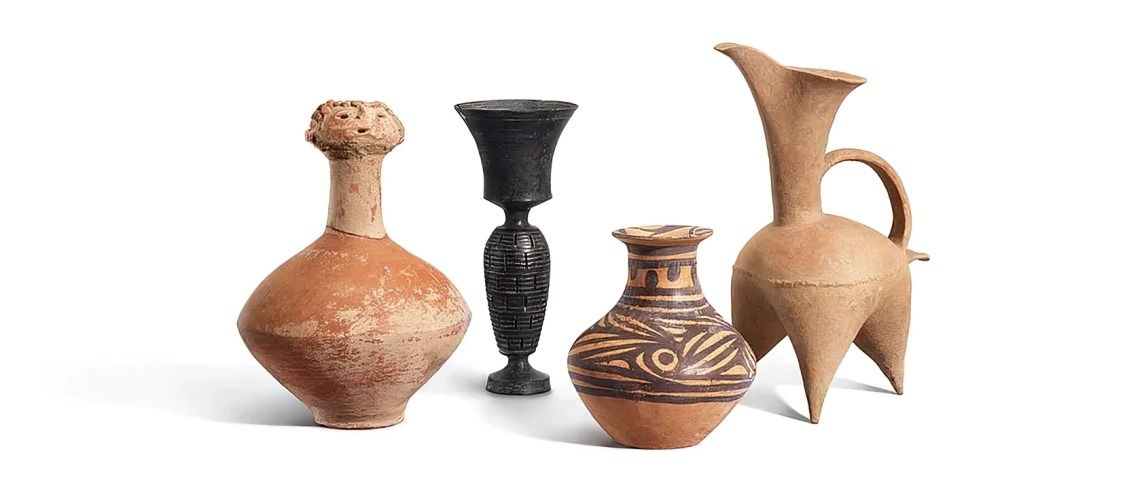
Regional pottery styles developed, reflecting unique cultural identities within Neolithic communities. These artistic expressions fostered a sense of belonging and pride among villagers, highlighting their shared traditions.
Bone tools, including fish hooks and needles, showcase the adaptability of Neolithic peoples. They skillfully utilized local materials to enhance their quality of life, significantly improving survival rates and aiding in various daily activities.13
Ultimately, the tools and technologies of the Neolithic Era laid the groundwork for future advancements, influencing the development of complex societies and trade networks in human history.14


